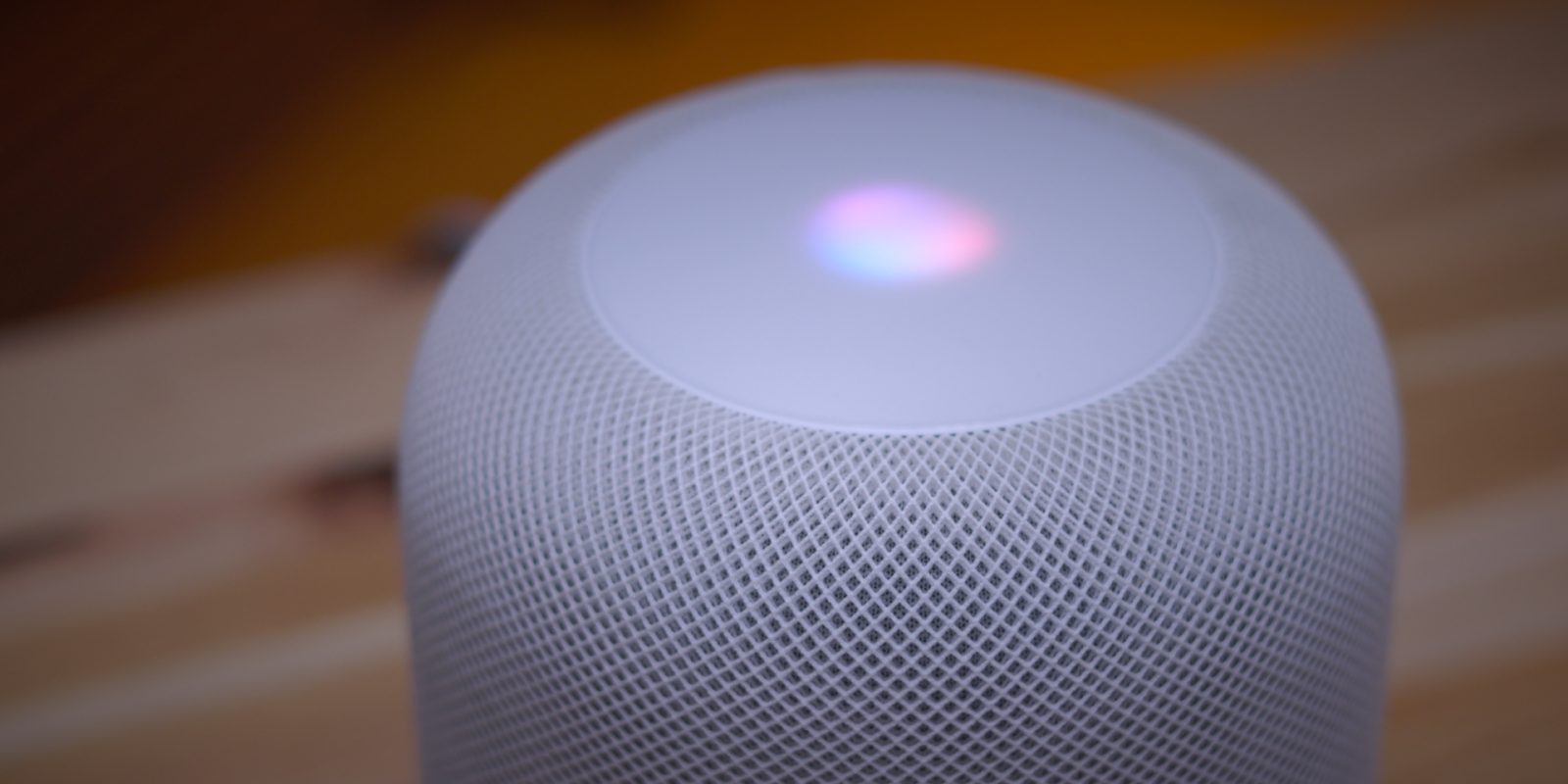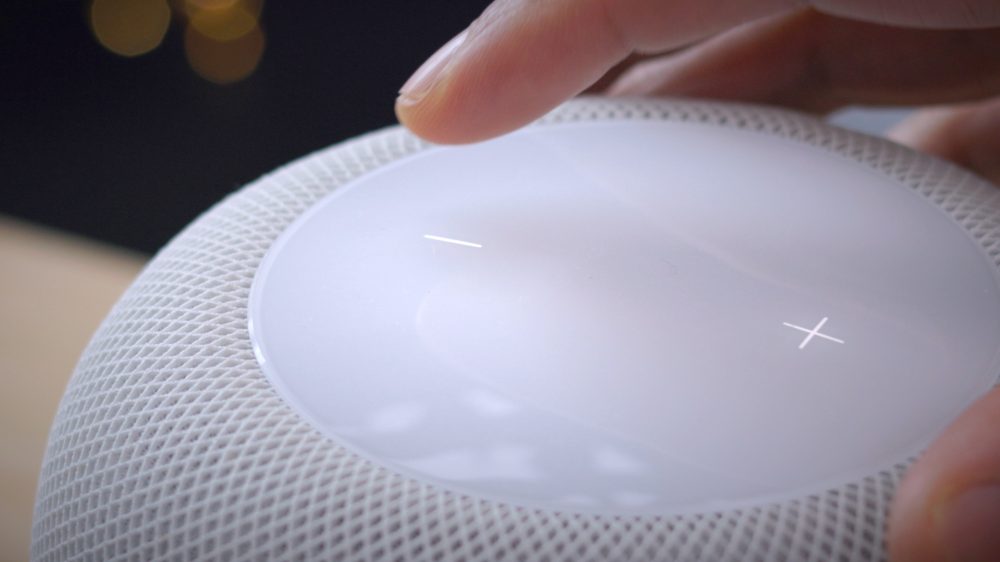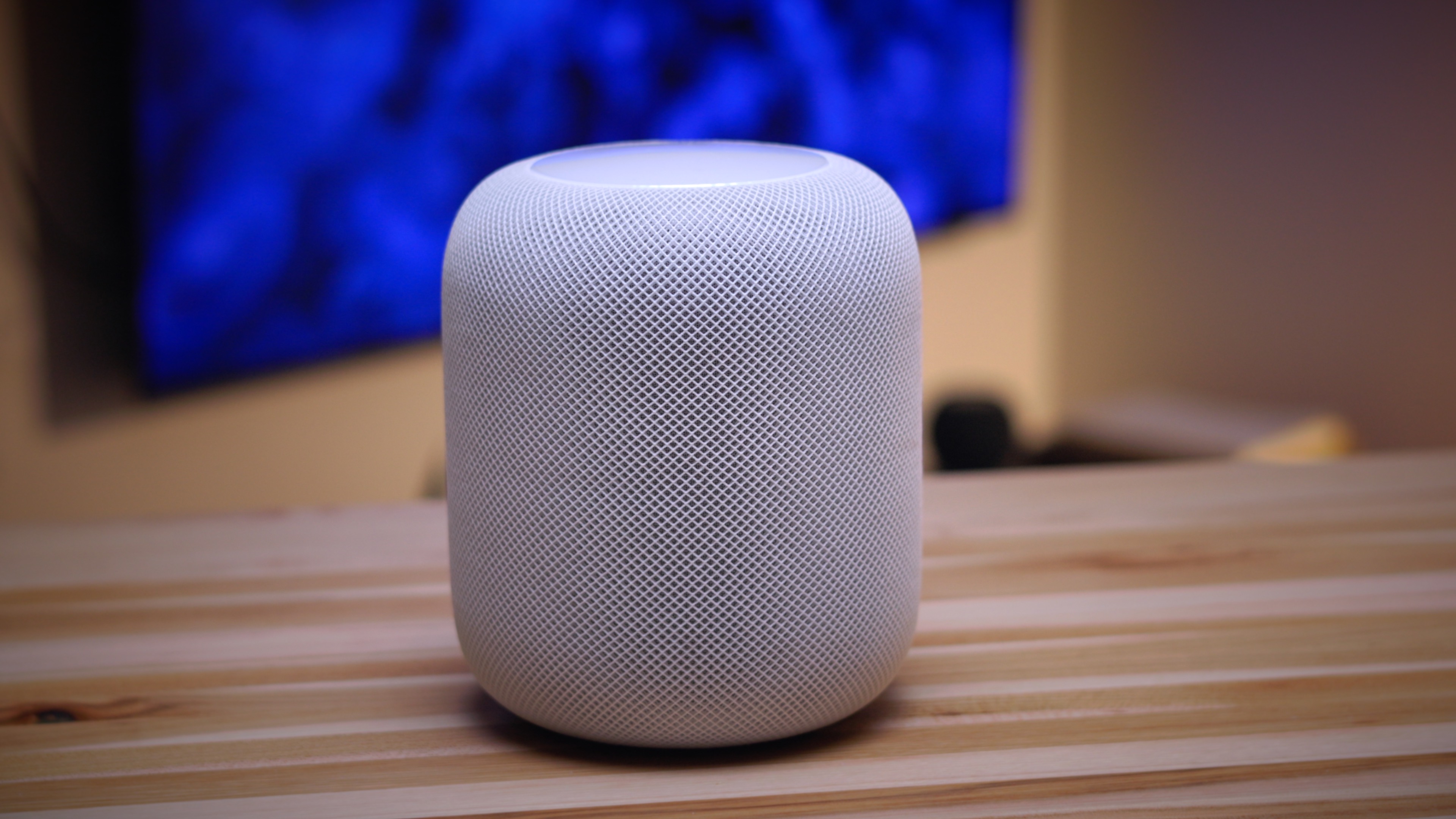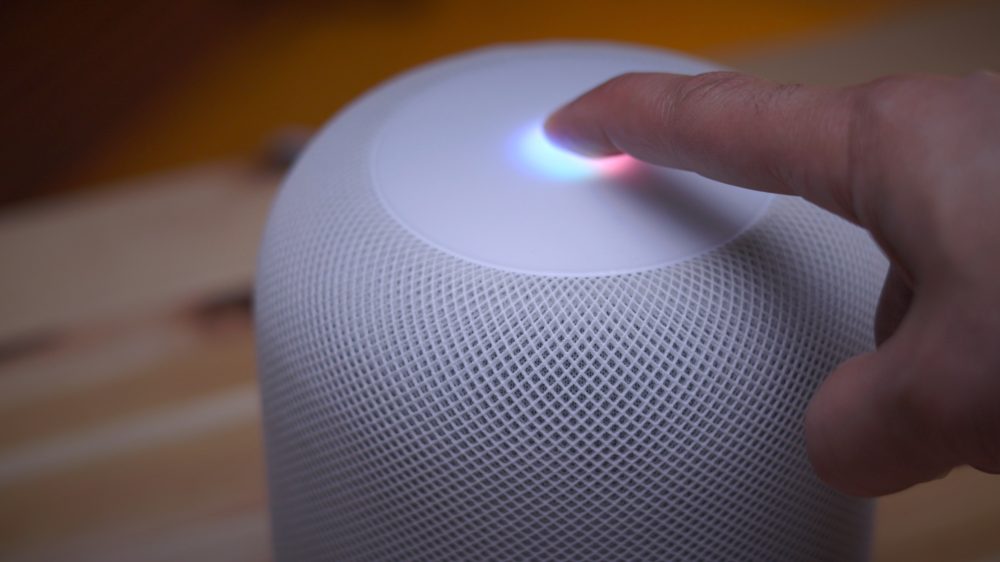
Earlier this week Apple officially released iOS 16.3 updates for iOS, iPadOS, and HomePod. The update brings several noteworthy changes and enhancements to these devices, headlined by support for hardware security keys for Apple IDs and the global rollout of Advanced Data Protection.
iOS 16.3 also paves the way for the new second-generation HomePod, which is scheduled to be released on February 3. But even if you don’t plan on dropping $299 for Apple’s newest smart speaker, you’ll be pleased to learn that iOS 16.3 includes enhancements for the first-generation HomePod and the HomePod mini. Watch my hands-on video walkthroughs for a visual breakdown of what’s new.
What’s new in iOS 16.3?
- Hardware security keys for Apple ID
- Global rollout of Advanced Data Protection
- Updated Emergency SOS call procedure
- Additional bug fixes
- Support for second-generation HomePod
- HomePod mini temperature and humidity sensor activation
- Remastered ambient sounds for HomePods
- Recurring Home automations using just your voice
- Siri confirmation tone for completed requests
- Updated volume controls on HomePod
- Sound Recognition
Hardware security keys for Apple ID
iOS 16.3 brings a few big new security-focused features to the iPhone and iPad, headlined by support for third-party hardware security keys. Alongside your Apple ID password, hardware security keys can be used in iOS 16.3 as the second factor in a two-factor authentication setup. Thus, third-party hardware security keys replace the six-digit codes that are sent to trusted devices, which otherwise serve as the second factor.
Apple notes that more than 95 percent of active iCloud accounts now use its standard two-factor authentication, but iOS 16.3 affords users the ability to harden this protection even further.
Video: iOS 16.3 changes and features
To be clear, most users will be fine sticking with the standard six-digit code-based two-factor authentication, but for users with particularly high profiles — celebrities, government officials, 9to5Mac bloggers 😆 — opt-in third-party hardware key support can strengthen account security even further. Because hardware keys are physical authentication devices that the user has in hand, they can prevent even an advanced attacker from obtaining a user’s second factor via a phishing scam or other attack.
Although hardware keys serve to harden security, they may not be as convenient as traditional six-digit codes sent to verified devices. To use hardware keys, a user must physically have access to the key, and if all keys are lost, then you will not be able to access your account, although you can still fall back on six-digit codes if you remove your keys.
To learn more about hardware security keys, stay tuned, because I have an in-depth video in the works that explains everything. Be sure to subscribe to our YouTube channel for more.
Global rollout of Advanced Data Protection
In iOS 16.2, Apple rolled out its new Advanced Data Protection feature to customers in the United States. Starting with iOS 16.3, Advanced Data Protection is now available to customers globally.
The opt-in feature provides end-to-end encryption for additional data categories stored in iCloud, meaning that Apple no longer possesses the keys to decrypt these categories. Enabling Advanced Data Protection means that these data types can only be decrypted from a trusted device that functions as a key, like a customer’s iPhone.
Updated Emergency SOS call procedure
If you’ve ever accidentally initiated an emergency SOS call from your iPhone, apparently you are not alone. Apple has updated the emergency SOS call procedure to make it more difficult to accidentally call emergency services.
In previous versions of iOS, simply holding the Side button and either of the volume buttons for 10 seconds would automatically call emergency services. In iOS 16.3, Apple requires users to release the buttons in order to proceed with the call.

This update seeks to prevent accidental calls from situations where your iPhone might be inadvertently wedged in a confined space causing the Side and Volume buttons to be pressed. Of course, you can disable this emergency call method by going to Settings → Emergency SOS and disabling the newly-renamed Call with Hold and Release switch.
Along with this update, you’ll also notice a slightly reconfigured UI that illustrates which buttons to press, along with a pulsating light from the camera flash. Users will notice an additional Call Quietly switch within Settings → Emergency SOS. Enabling this switch will silence the warning alarms and flashes when initiating Emergency SOS for a more low-key activation.
Additional bug fixes
- Fixes an issue in Freeform where some drawing strokes created with Apple Pencil or your finger may not appear on shared boards
- Addresses an issue where the wallpaper may appear black on the Lock Screen
- Fixes an issue where horizontal lines may temporarily appear while waking up iPhone 14 Pro Max
- Fixes an issue where the Home Lock Screen widget does not accurately display Home app status
- Addresses an issue where Siri may not respond properly to music requests
- Resolves issues where Siri requests in CarPlay may not be understood correctly
- iOS 16.3 also includes lots of new security fixes for various vulnerabilities.
Support for second-generation HomePod
Last Tuesday, Apple surprise–announced its second-generation HomePod, which is scheduled to be released next week on February 3. iOS 16.3 brings support for the new full-sized HomePod and is a requirement for users wishing to configure the smart speaker.
In my video walkthrough below, I briefly discuss the new HomePod and talk about everything new in this update.
Video: HomePod 16.3 changes and features
Subscribe to 9to5mac on YouTube for more videos
HomePod mini temperature and humidity sensor activation
Even if you don’t plan on purchasing a new second-generation HomePod, iOS 16.3 provides new features. The HomePod mini shipped with dormant temperature and humidity sensors, but they weren’t activated until the release of iOS 16.3. Once you update to the latest iOS 16.3 update, you’ll notice a new temperature and humidity reading under the Home app’s climate section and within each HomePod’s detailed view. You can use these sensors to view current readings, ask Siri about them, or use them with automations to trigger other smart home products.
Remastered ambient sounds for HomePods
Everyone knows that you can play Apple Music on the HomePod, but did you know that you can also request ambient sounds like white noise and rain? In iOS 16, ambient sounds have been remastered, and you’ll now find a direct link to these sounds that can be added to alarms, scenes, and automations. In all, you’ll find seven ambient sounds to choose from, like fireplace, forest, night, orientation, rain, stream, and white noise.

Recurring Home automations using just your voice
You can now create a recurring automation with your voice by saying something like “turn on the desk lamp every day at 10pm.” Once you do, you’ll see the respective automation appear within the Home app’s automation tab.
Siri confirmation tone for completed requests
Siri arrives with a new confirmation tone in iOS 16.3, which indicates when requests are completed for accessories that don’t visibly display a change, or for smart home items located in other areas around your house.



Updated volume controls on HomePod
You’ll find more granular volume controls when using the buttons on the top of your first-generation HomePod to adjust its volume. You should notice that there’s more “dynamic range” between absolute zero and lower volumes.
Sound Recognition
Although this feature is not yet available, the HomePod mini will be updated later with sound recognition support. This feature is currently available as an accessibility setting within iOS 16, as found in Settings → Accessibility → Sound Recognition.
When enabled, Sound Recognition allows your iPhone to listen for specific sounds, such as fire alarms or smoke alarms, household sounds like glass breaking, a knock on the door, or a kettle, people sounds — babies crying, coughing, or shouting — and even sounds from cats and dogs. You’ll then receive a push notification whenever your iPhone recognizes these sounds.
Sound recognition support for second-generation HomePod and HomePod mini will be available later this spring. The HomePod version of Sound Recognition appears to be a pared down version when compared to the iOS 16 accessibility setting.
In a future update, your HomePod will be able to detect smoke and carbon monoxide alarms and send you a notification to alert you. Apple notes that sound recognition will require the new Home architecture update, which Apple pulled back due to some issues but plans to make available again soon.
9to5mac’s Take
iOS 16.3 is a major new update with lots of new noteworthy changes and features, not just for iPhones but also for the HomePod. And, even if you’re not interested in all of the new bells and whistles, you should strongly consider upgrading due to the number of security fixes included with the release.
What do you think about iOS 16.3, and how has your experience been with it thus far? Sound off down below in the comments with your thoughts.
FTC: We use income earning auto affiliate links. More.





Comments